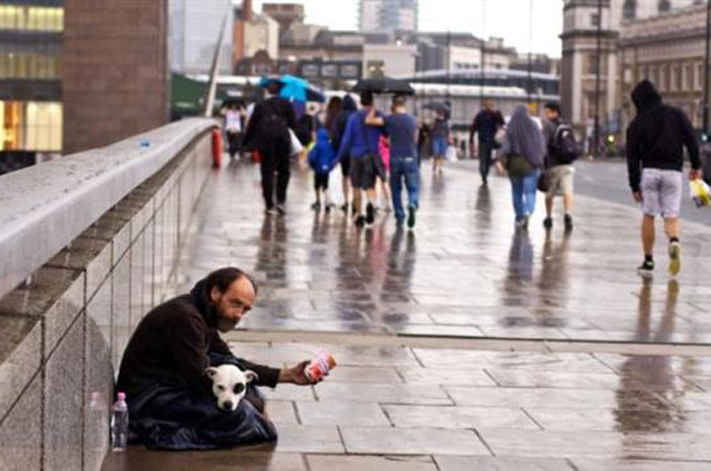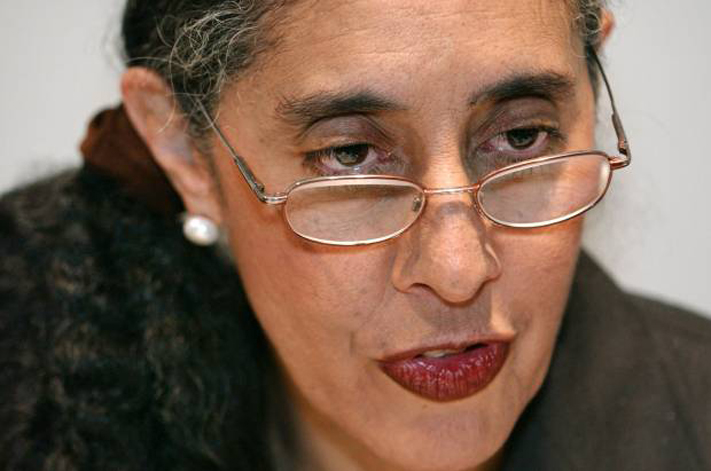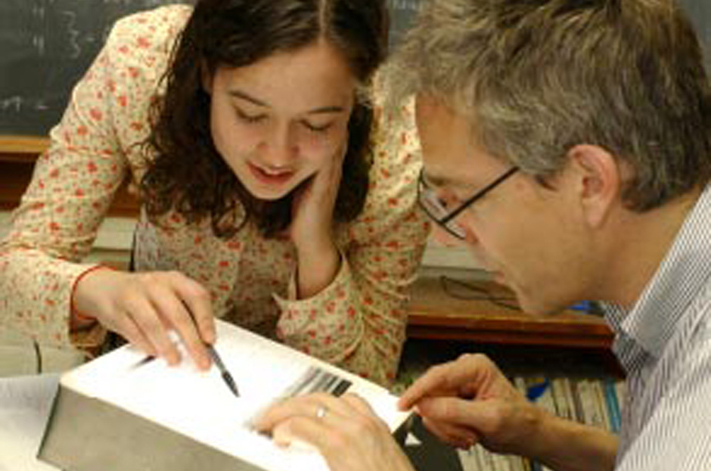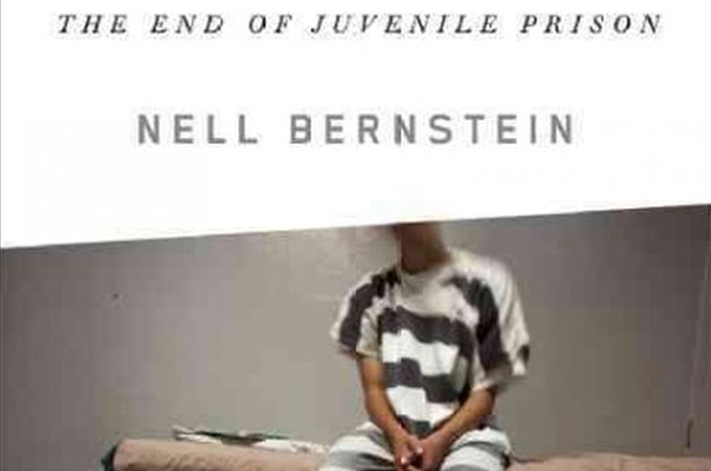Project Description
Beyond Remote-Controlled Childhood: Teaching Young Children in the Media Age by Diane E. Levin, Ph.D., a professor of early childhood education at Wheelock College in Boston, invites Educators to reflect on children’s well-being and consider the milieu that exists within a world of screens.
We at EmpathyEducates observe that it is a remote-controlled world out there, one that leaves us disconnected in subtle and at times, serious ways. Ask yourself; when was the last time I physically walked over to the television and touched the power button. When was the last time I touched a child’s mind as he or she viewed whatever might have appeared on the screen? A child is busy even when he or she appears to be still. Children learn constantly, as do we all. The difference is, as early childhood experts tell us, without a lifetime of experiences and memories of lessons learned, the context can be unclear. Background bestowed mindfully can help grow knowledge. Given the opportunity to think for oneself a child will bloom! It is for this reason that adults, Teachers too, might consider the ways, in which we connect, to media, messages, and to each other. To further understanding please read Professor of Early Childhood Education, Diane E. Levin, Ph.D.’s new book.
An Excerpt; Helping Children Make Sense of Media Content
Children may try to work out an understanding of what they see in different ways —in their play (which can be very helpful if they are creative, self-directed players), in their art and writing, and in conversations with others. However, when children are left to make meanings from their media experiences themselves without the assistance of caring adults, they may learn lessons that are harmful to themselves, those around them, and ultimately the wider society.
Children often need adults’ help with the meaning-making process and to positively influence the lessons they are learning. This does not necessarily mean trying to keep children’s media experiences from entering the classroom. But it may mean developing specific ways for addressing those experiences. For instance, one day a week you might have a meeting with children who want to talk about what they have done with or seen on screens. Or you might do a special activity in which children draw pictures about some aspect of screens (for instance, their favorite program or character or something they don’t like), and then have a discussion about what they drew. There may very well be other times when you do have to set limits because media content is interfering with other classroom activities and goals.
As you develop strategies for how to work with and respond to children around media issues that arise in the classroom, think about how what a child says or does may reflect messages conveyed by the media culture about sex, violence, or commercialization. How do those messages differ from the ones that families, schools, and the community want children to learn in order to become happy, fulfilled, caring members of society? As you work with young children, remember the following:
- Young children’s thinking is different from that of adults. They build ideas based on their developmental levels. It is essential to find out what and how they are thinking about the issue in question to help them make meaningful connections.
- You cannot pour the “right” answer or way of thinking into children’s heads by giving them a simplified version of your understanding of a topic. Children gradually build ideas by connecting new information to what they already know.
- Aim for a give-and-take conversation. The conversations throughout this book between teachers and children illustrate how to do this.
- This is a long-term, ongoing process. While it may be rare that you get as deeply involved in addressing an issue with children the way the teacher did in Chapter 5, many issues will involve more than one conversation over a period of time.
- No two situations or comments are ever the same. Even if you are working on issues similar to those presented in Chapter 5, for example, your discussions with children will be different because you have different children with different experiences, ideas, interests, and group dynamics. Even when two children have seen the same television program or movie or have the same media-linked toy, if you follow each child’s lead, the play and conversations you have with each will be different.
What You Can Do
- Stay Connected With Children Around Issues They Bring Up
This principle is at the heart of helping children feel safe in knowing they can talk about media content in the classroom. They will learn to trust you to help them work out what they have seen or done. Connecting is an essential part of the process of helping children link content they get from the media culture with the messages of their families, school, and society. And by doing so, you help children experience at a deep level what it means to be connected to another person—an essential part of counteracting compassion deficit disorder. Many of the examples throughout this book illustrate this deep level of trust.Help children feel safe bringing up media-related issues in the classroom. We convey to children whether what they did was okay or not by what we say and do when they bring up media issues. Even if you are taken aback and not sure how to respond to what children tell you, you must let them know you are available to talk with them. - Ask Open-Ended Questions That Convey Your Interest
When children bring up media-related issues, it’s helpful to engage them so they feel free to share details. Responding this way will help you learn more about a child’s experience and understanding of the situation, and the information you collect will help you decide how to respond and what to do next. - Hold Give-and-Take Discussions With Children
Talking with children about issues related to play, toys, and media content can be a regular part of any approach you take. The discussion about Henry’s understanding of the Star Wars movie in Chapter 2, the princess discussion in Chapter 5, and the discussion points about how much television to watch that are suggested on page 127 are all good models of give-and-take discussions. Also useful is the letter to parents about gender roles and toys on page 100. - Help Children Use Their Play to Work Out an Understanding of What They’ve Seen on a Screen
The better children are at engaging in creative play, instead of imitating what they’ve seen on a screen, the better able they will be to use their play to work out an understanding of what they have seen, gain control over it, and move on to work on new ideas and skills. - Remember That There Is No One Right Approach or Answer
Teachers sometimes ask me what they should have said or done when children raised salient media issues. In most cases, there are many right answers. While one relevant comment may be effective with some children, it may not be as effective with others. There will be times when you say something and then wish you had said something else instead. It’s fine to go back to a child and say, “I was thinking about our conversation, and now I want to say ______.” Try one approach or strategy at a time, then proceed based on the outcome at each step.
For More information Media Coverage and Interviews or Professional Talks to Teachers, Parents, and Beyond.











